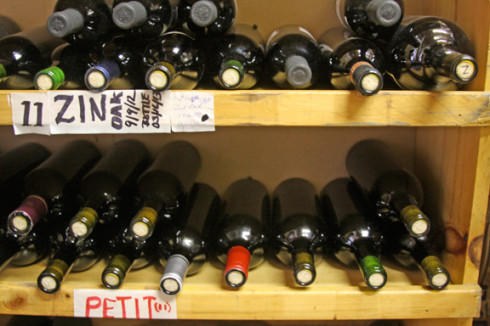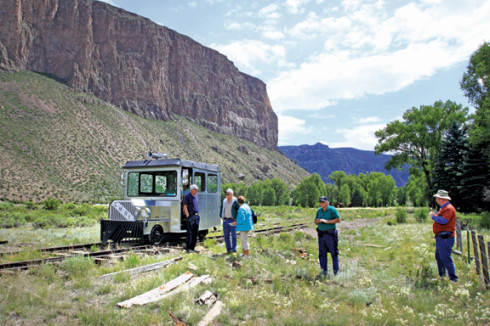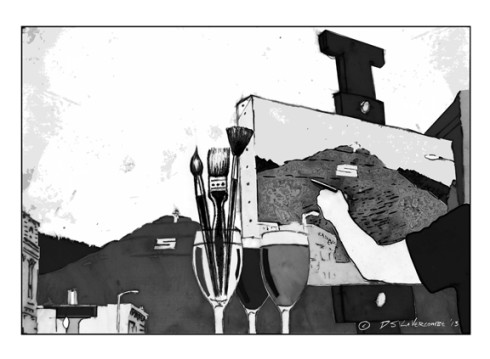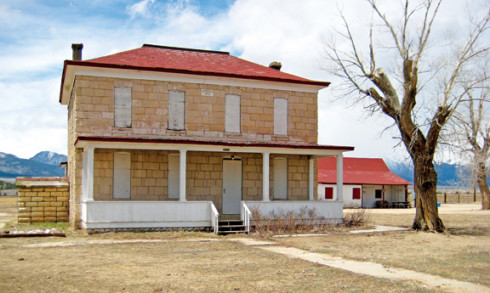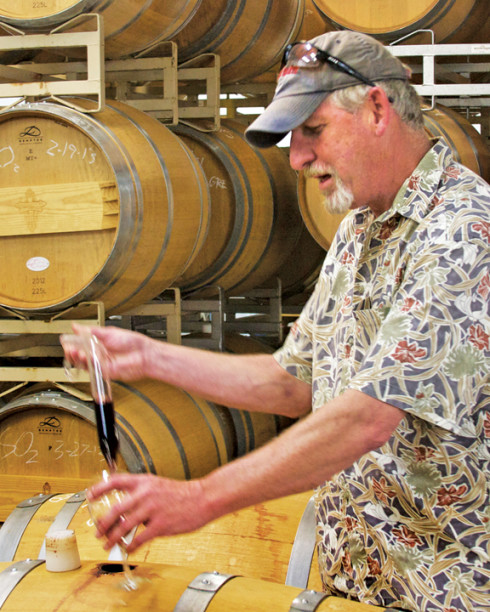Artist Paulette Brodeur, a longtime fixture on the Salida arts scene, has had a presence downtown longer than most. She opened her first gallery, The Art Studio, on East Second Avenue back in 1994 along with artist Marcy Csiky and later on, Steph Brady. She eventually relocated to the corner of First and Ninth Streets where she created and displayed her colorful, vibrant works until early 2012, when flooding due to broken pipes forced her to relocate.


